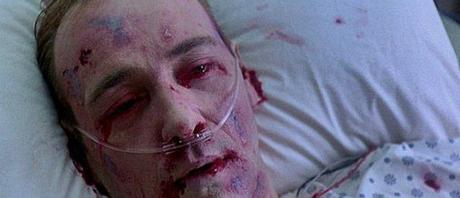
If you haven't heard of this yet, it threatens to become another big pandemic unless it is contained early on. The symptoms and treatments are the same as with Ebola. Safe handling and disposal of medical waste and pathological waste is paramount.
Inciner8 have a wealth of experience following our support of International Aid agencies during the recent Ebola outbreak in Liberia. Over 25 incinerators were shipped there in a very short space of time to provide processing capacity to clear the infected waste quickly before it posed a bio-hazard risk.
Currently the World Health Organisation (WHO) has medical experts and advisers on the ground providing essential support and guidance on containing this outbreak. So far only a handful of fatalities have been reported in the Uganda / Kenya border area.
According to www.gov.uk website this strain has been around for over 50 years, but rarely do we see any outbreaks in any quantity:"The disease was first recognised in 1967, when outbreaks of haemorrhagic fever occurred simultaneously in laboratories in Marburg and Frankfurt in Germany, and Belgrade in Yugoslavia. A total of 31 people became ill, including 25 laboratory workers, and medical personnel and a family member who had cared for them. The laboratory workers all had contact with the blood, organs or cell-cultures from a batch of imported African green monkeys from north-western Uganda.
It is generally accepted that Marburg virus is a zoonotic (animal borne) virus. Fruit bats (Rousettus aegyptii) are considered the natural host of the virus. Monkeys are susceptible to Marburg virus infection but are not considered the reservoir hosts as they die rapidly once infected."
To find out how Inciner8 can help your organisation in combating outbreaks - visit our marburg incineration page

